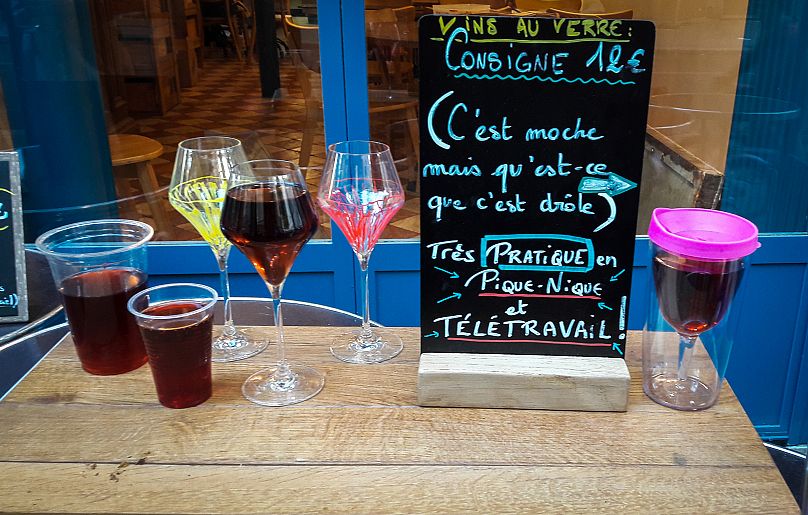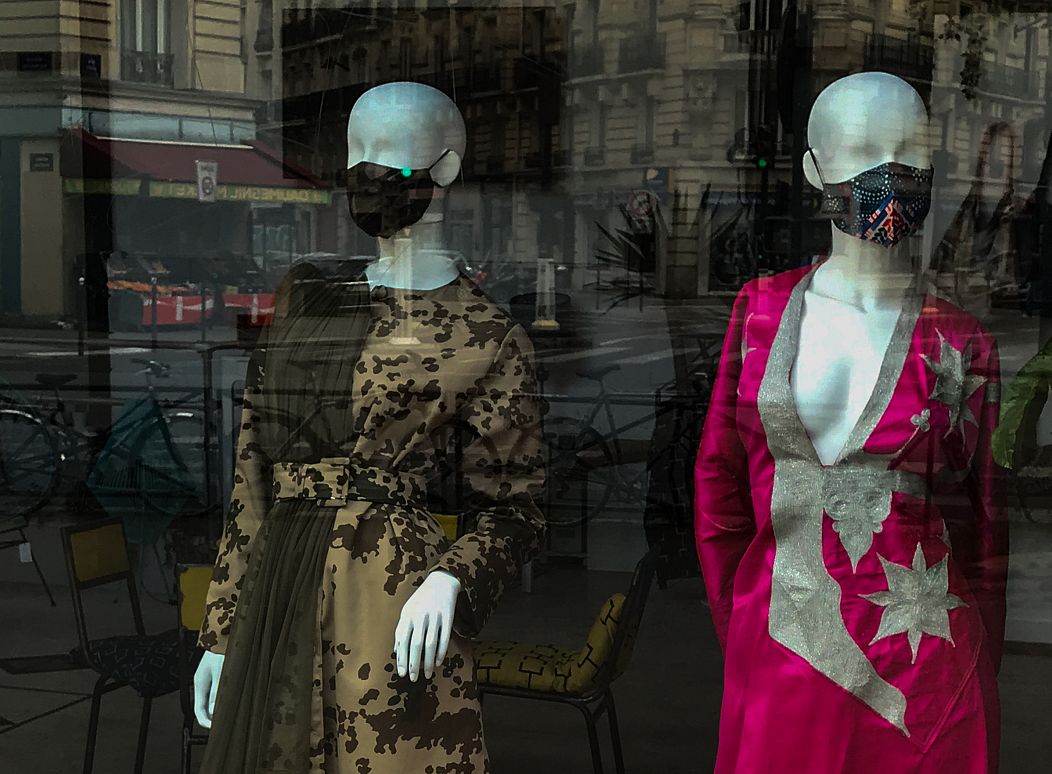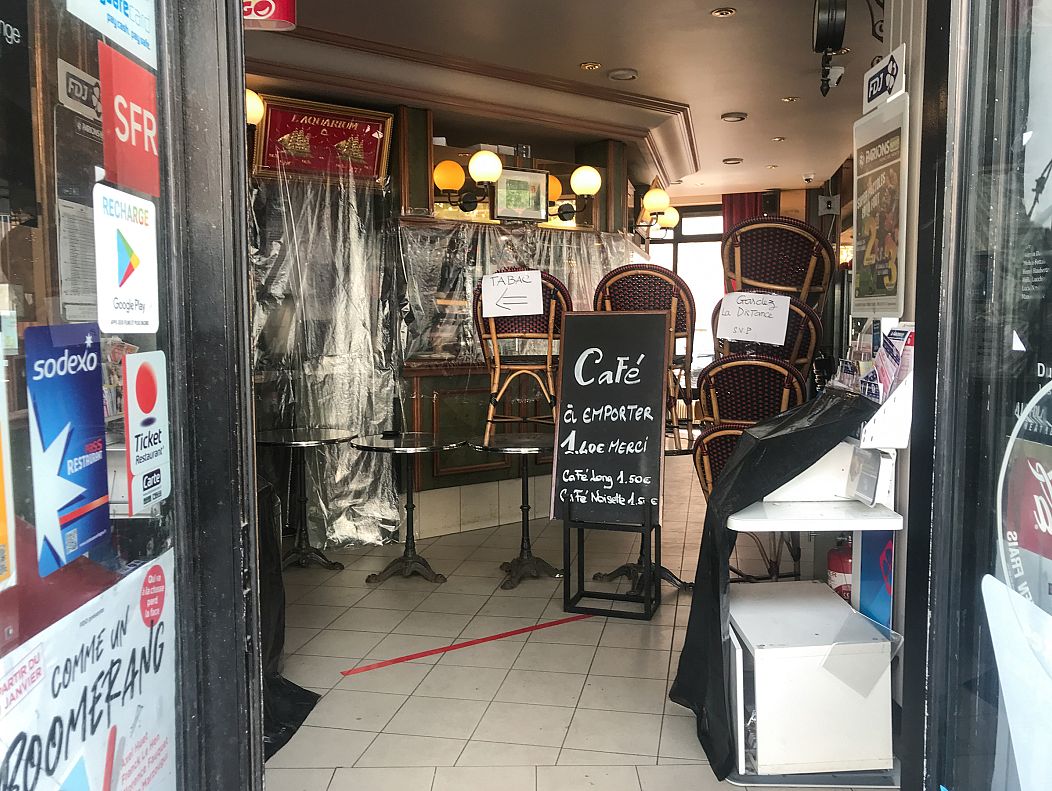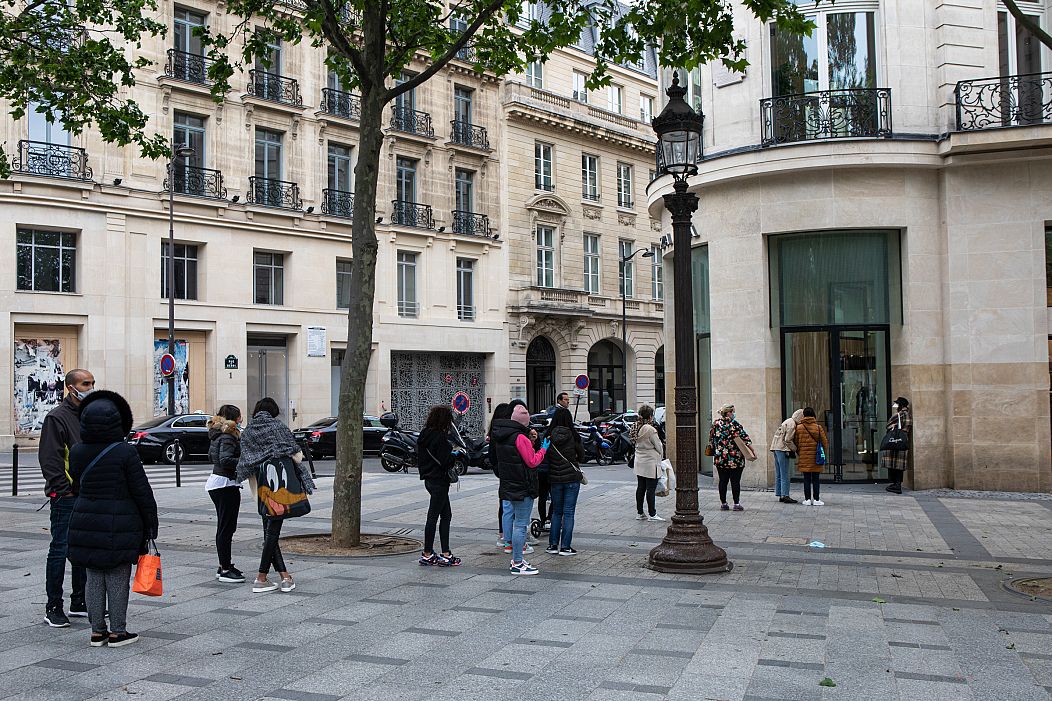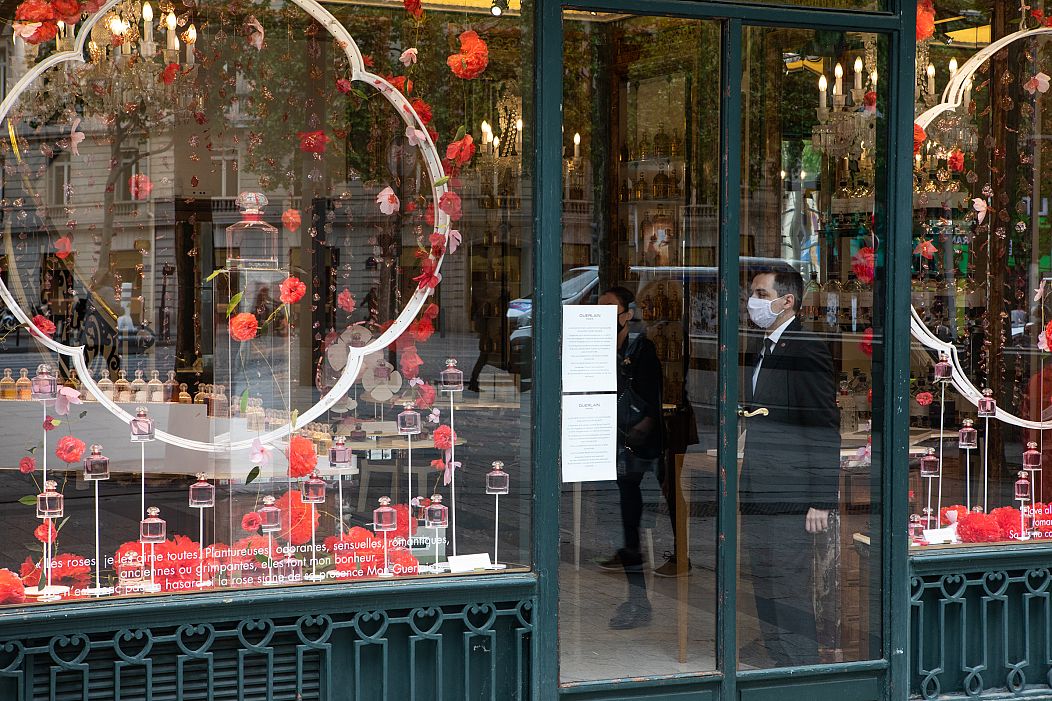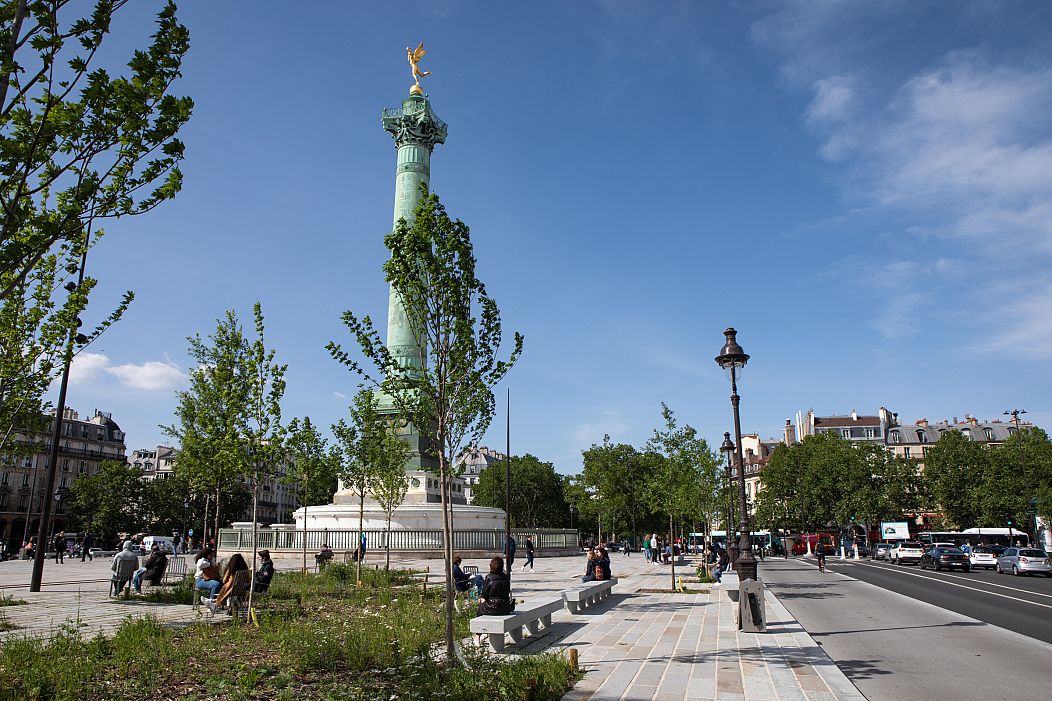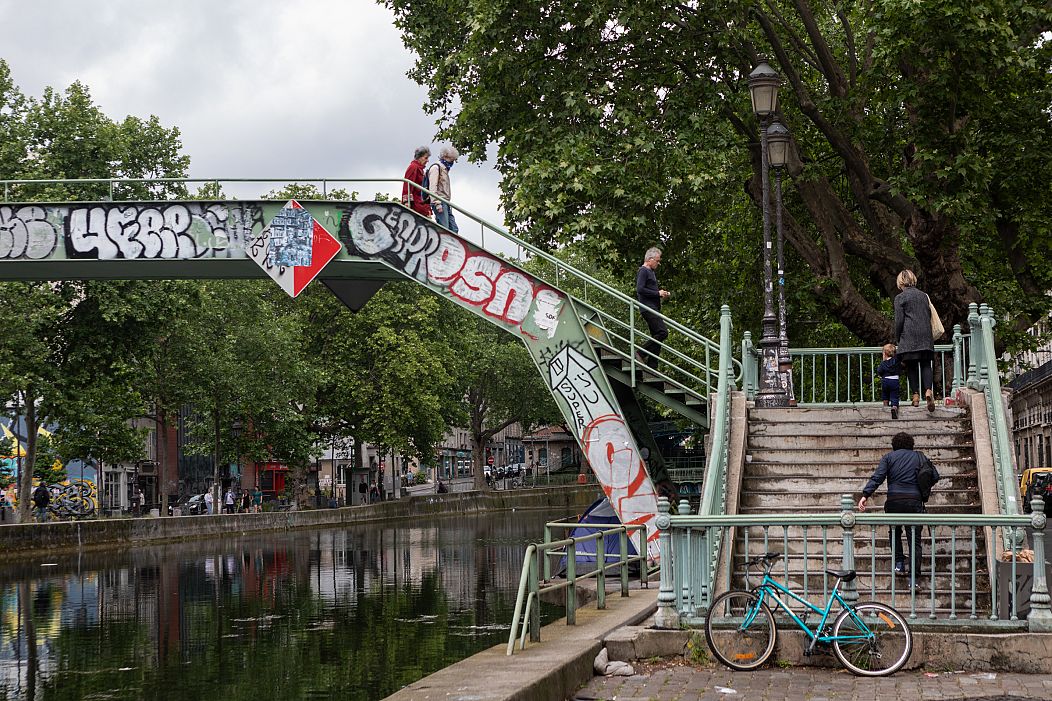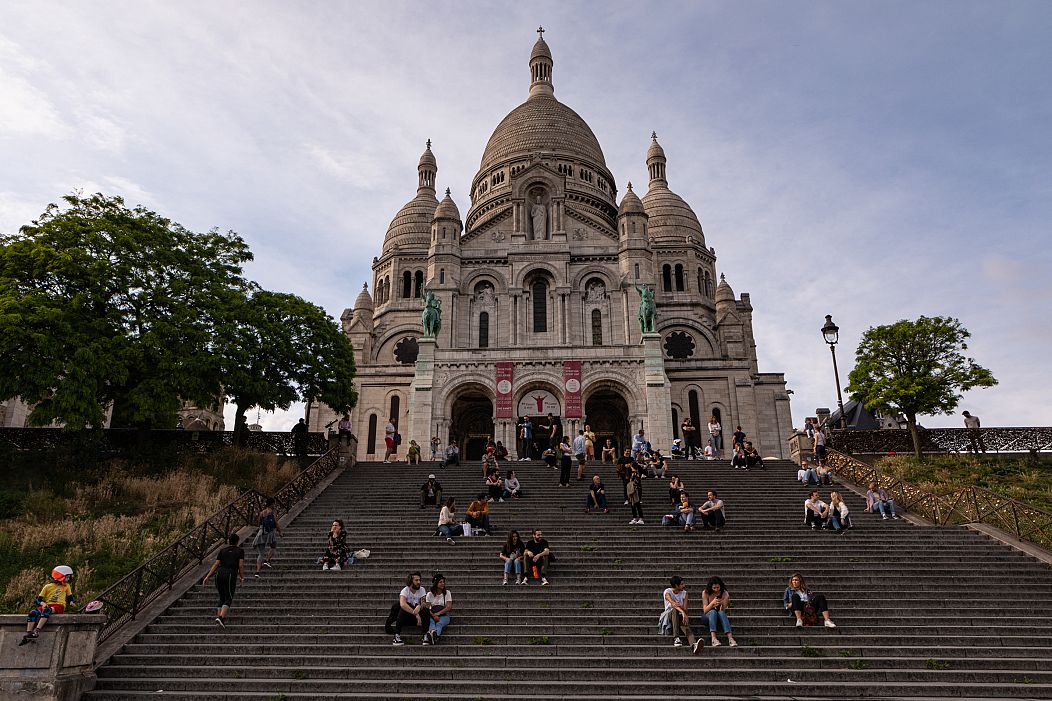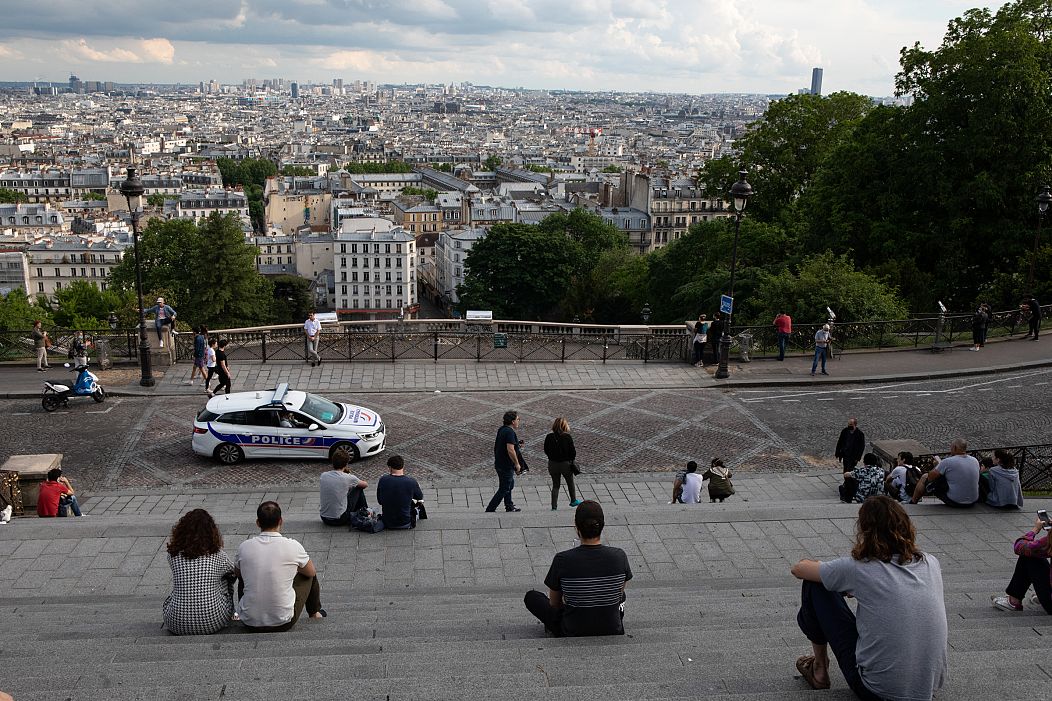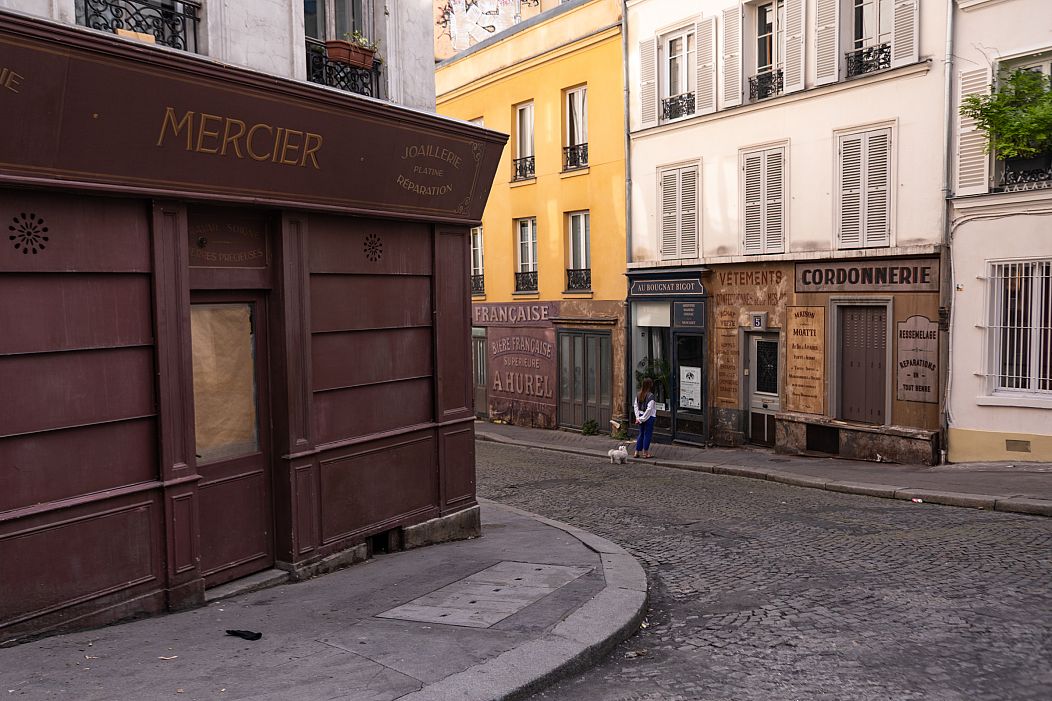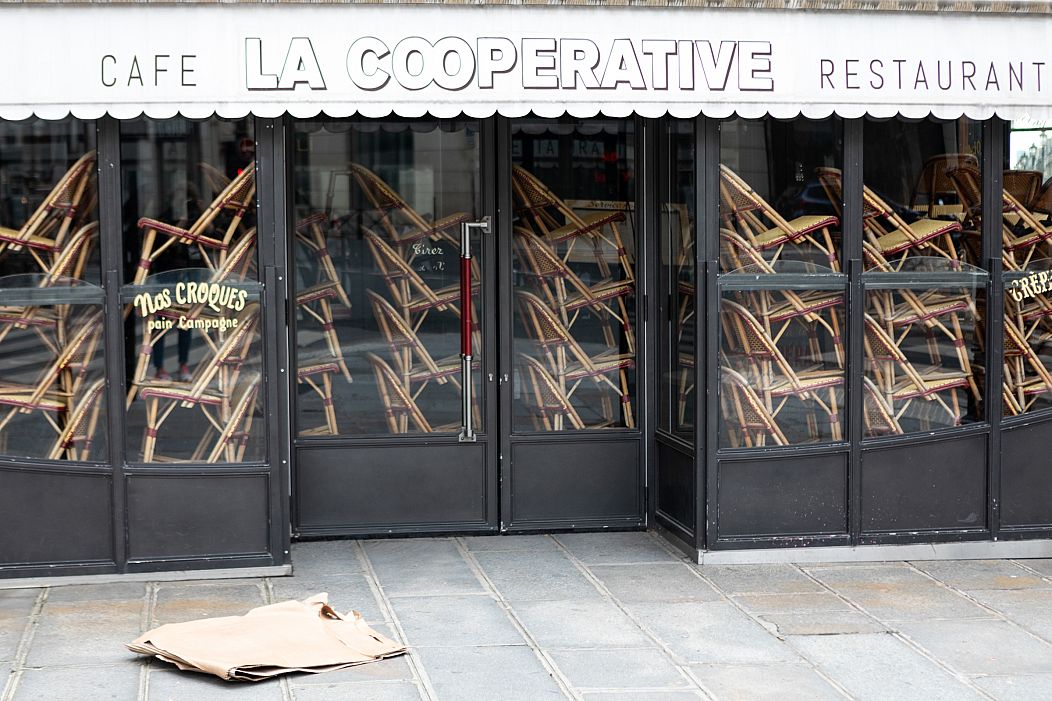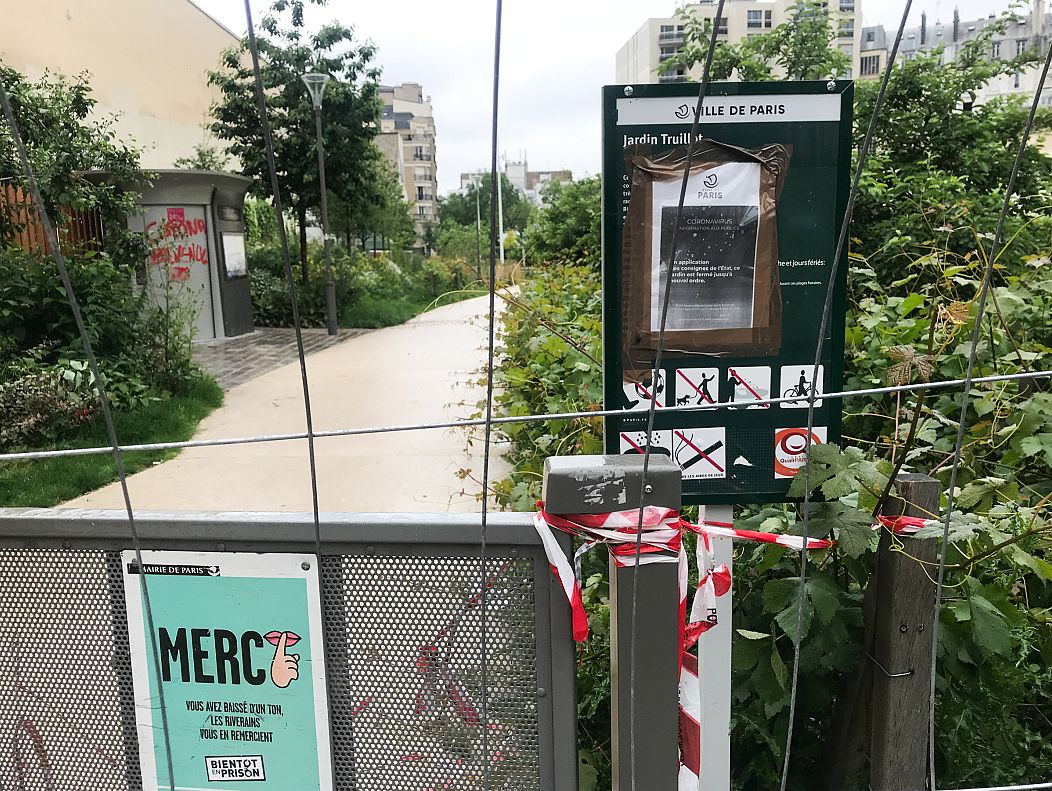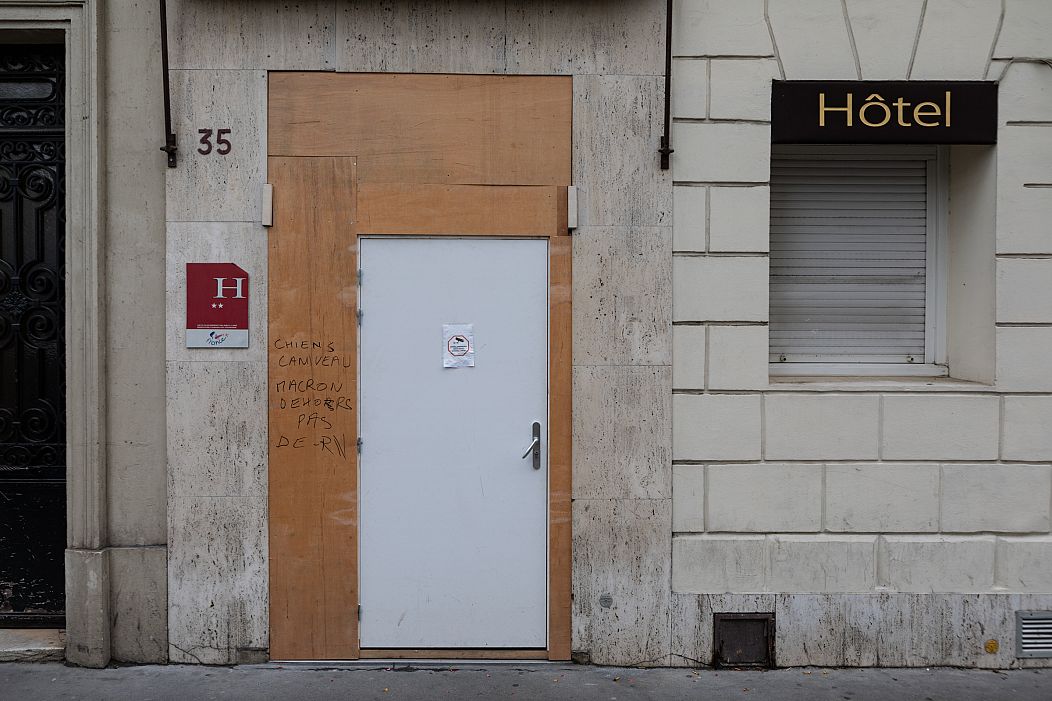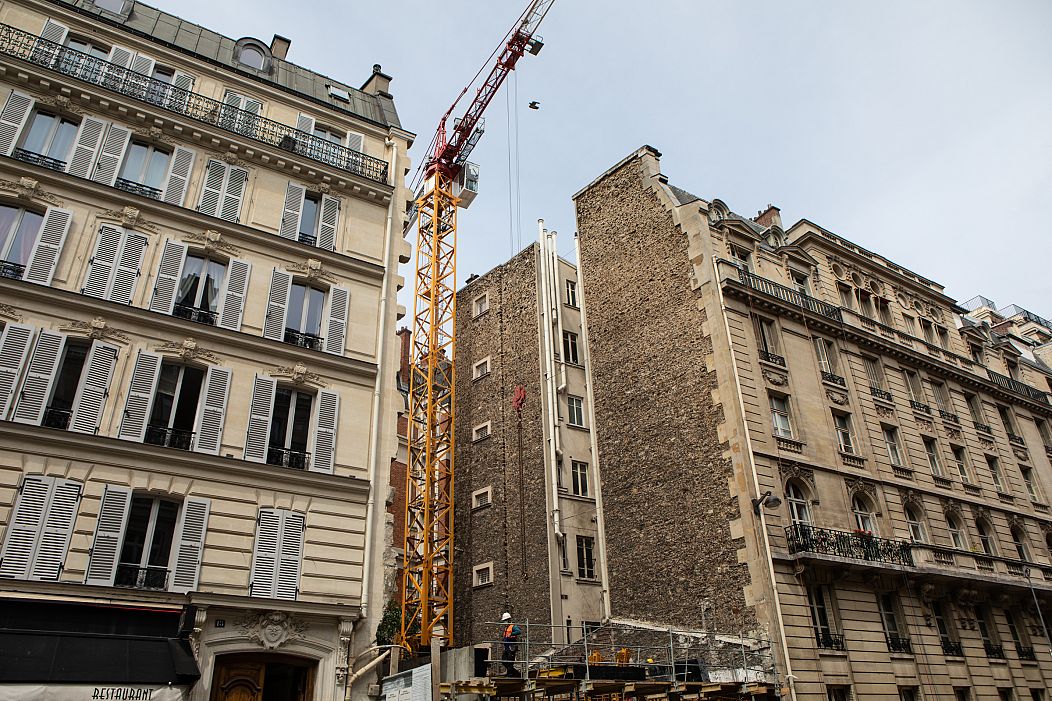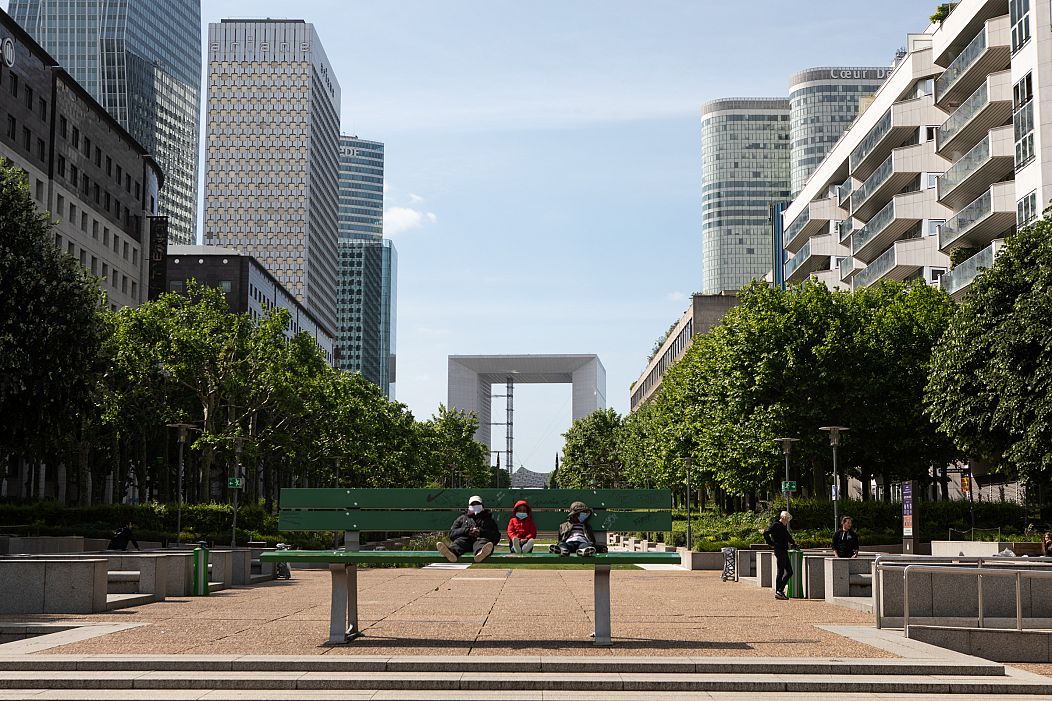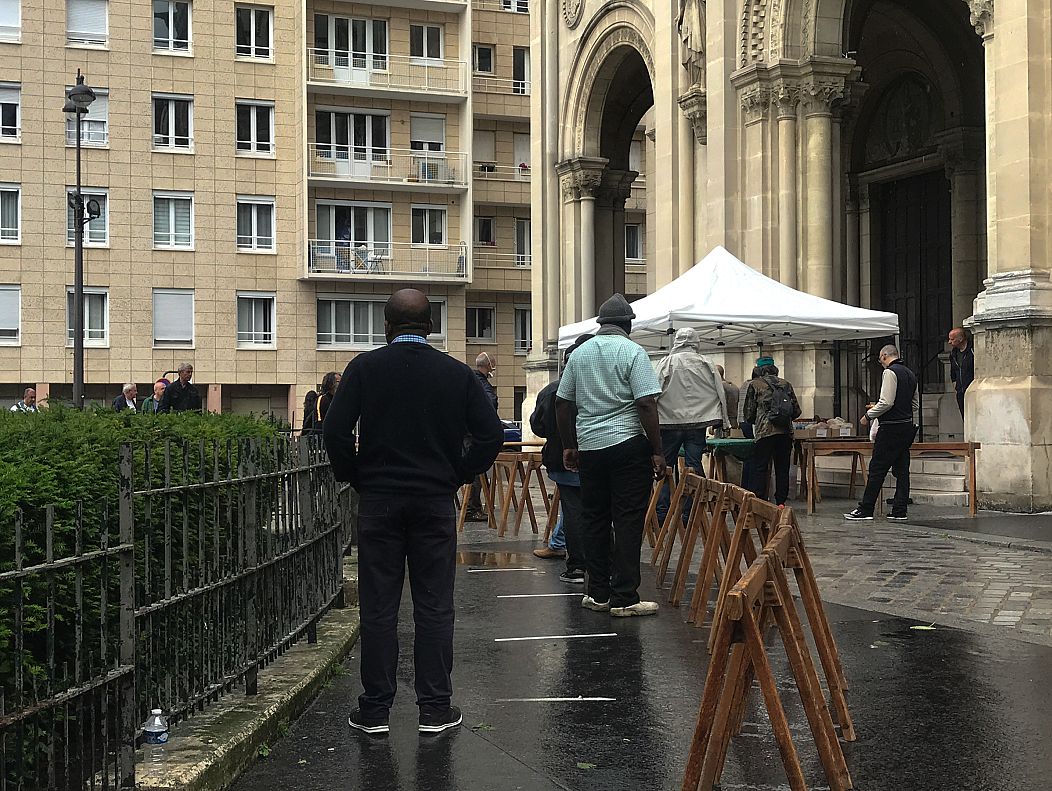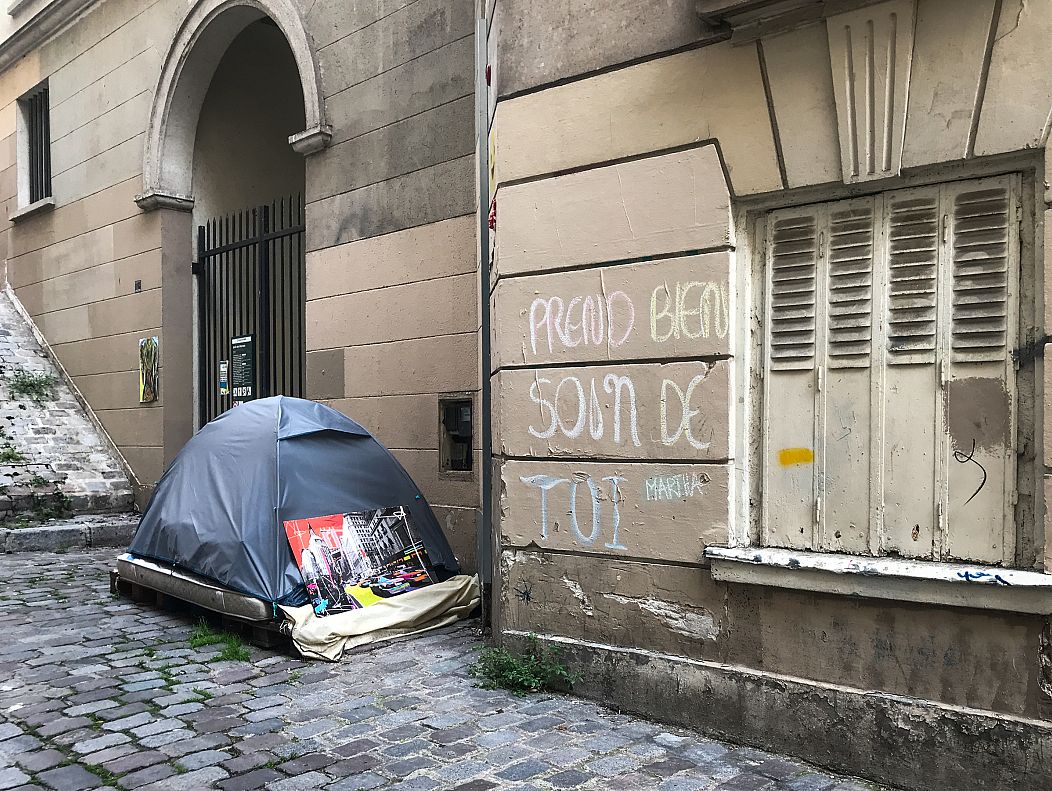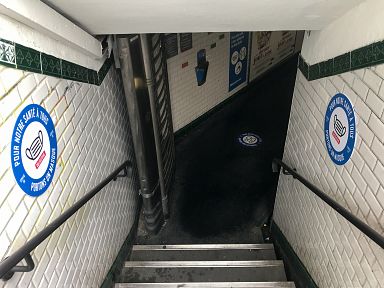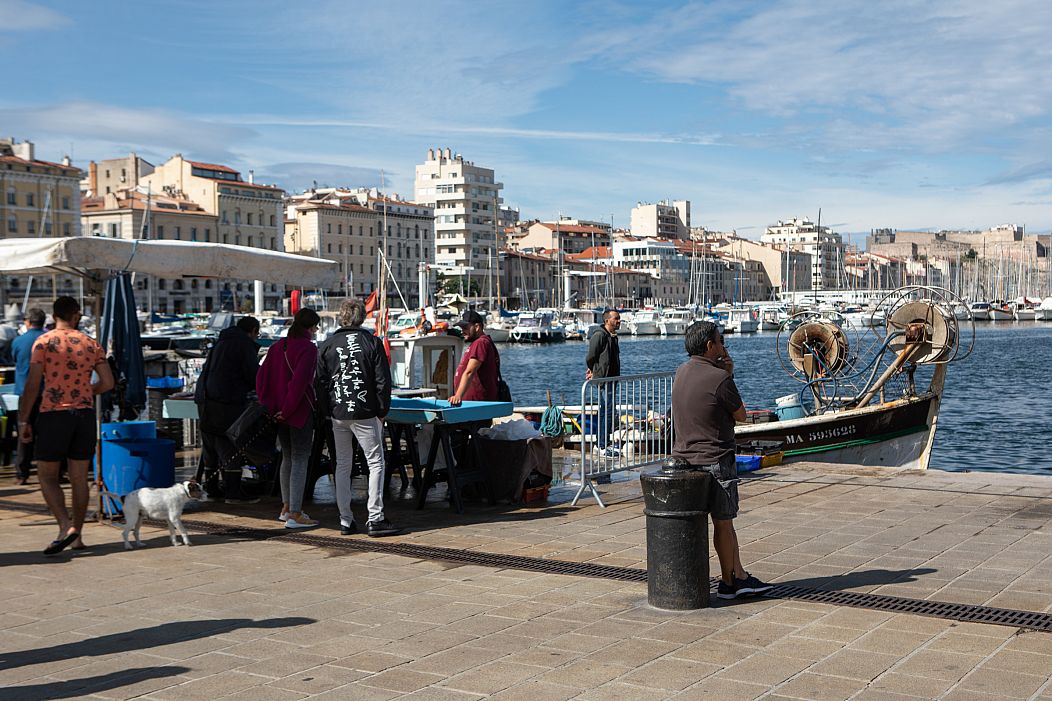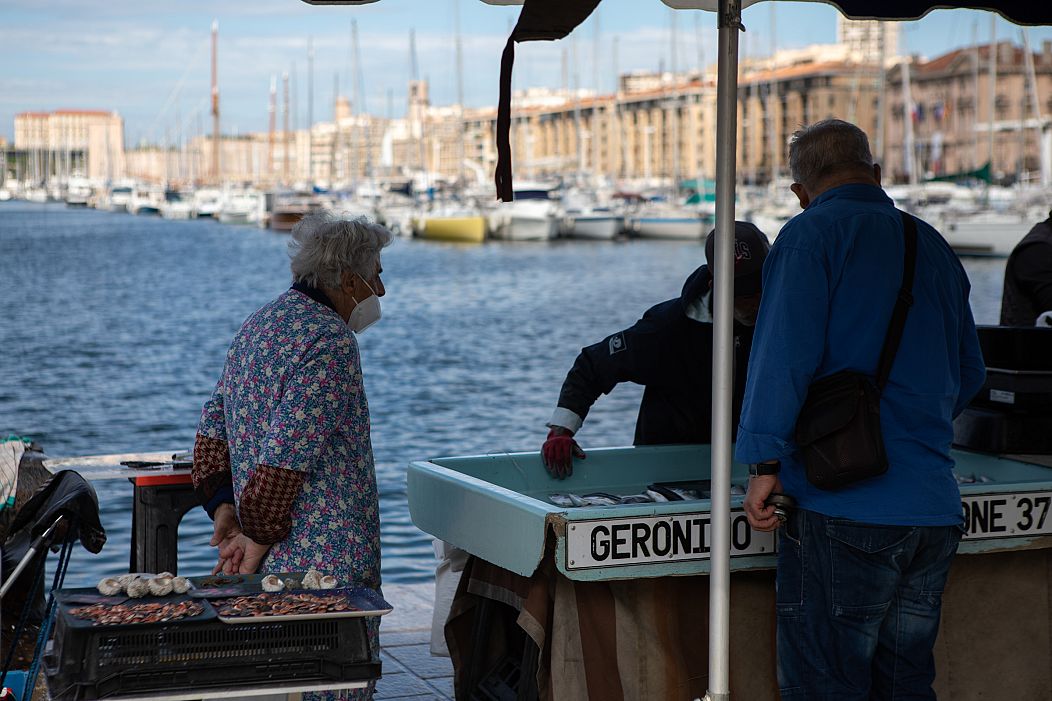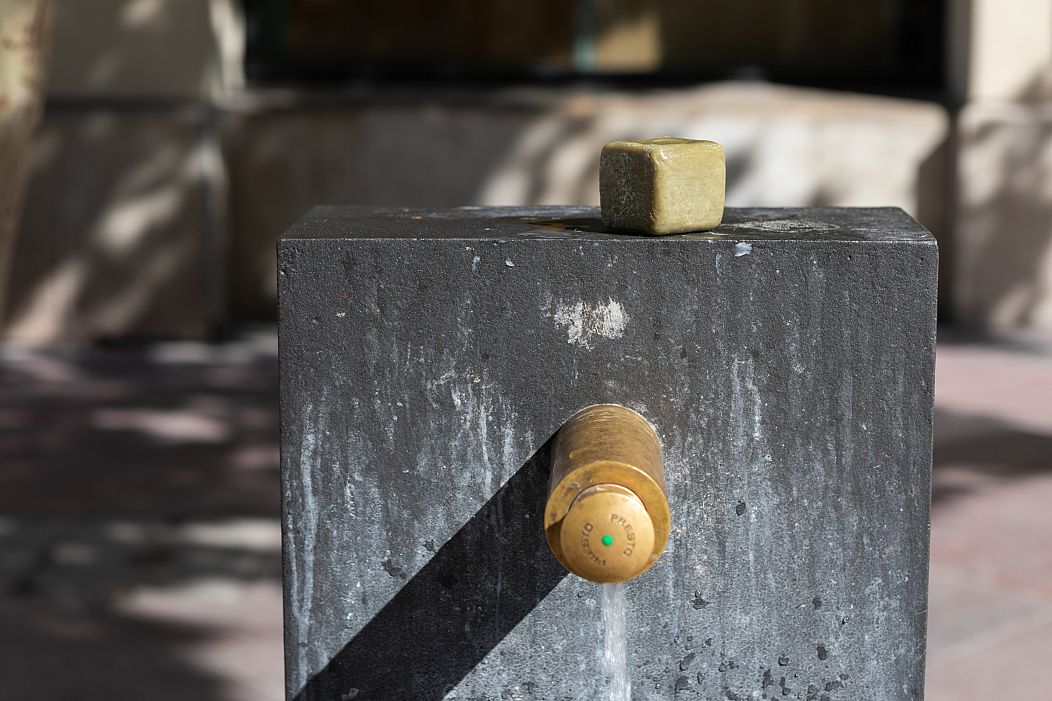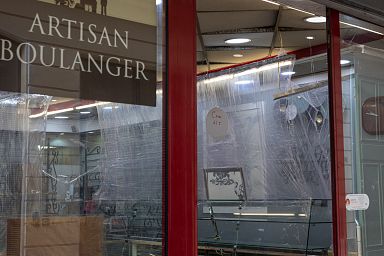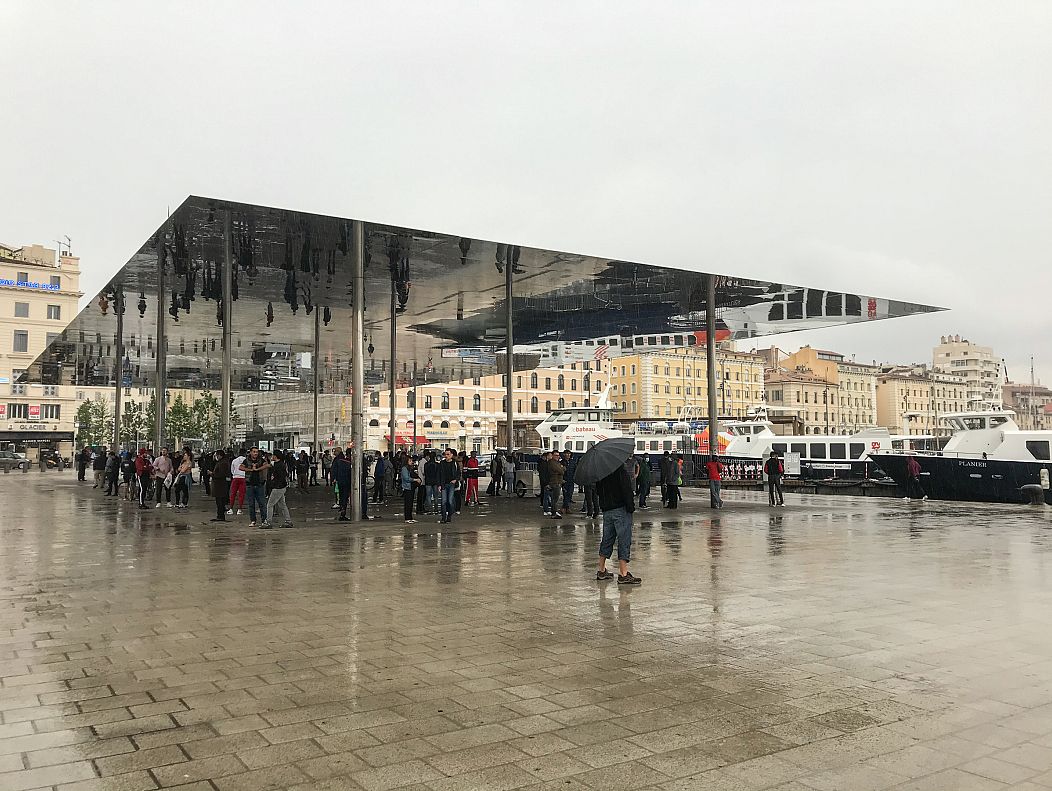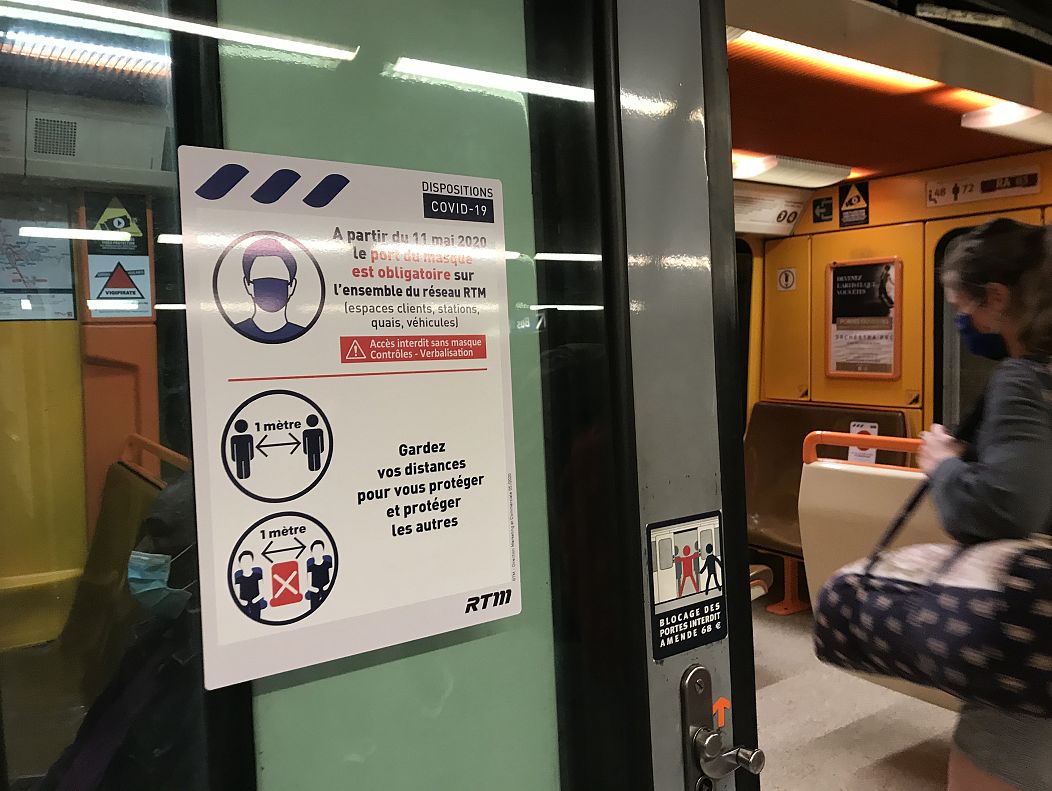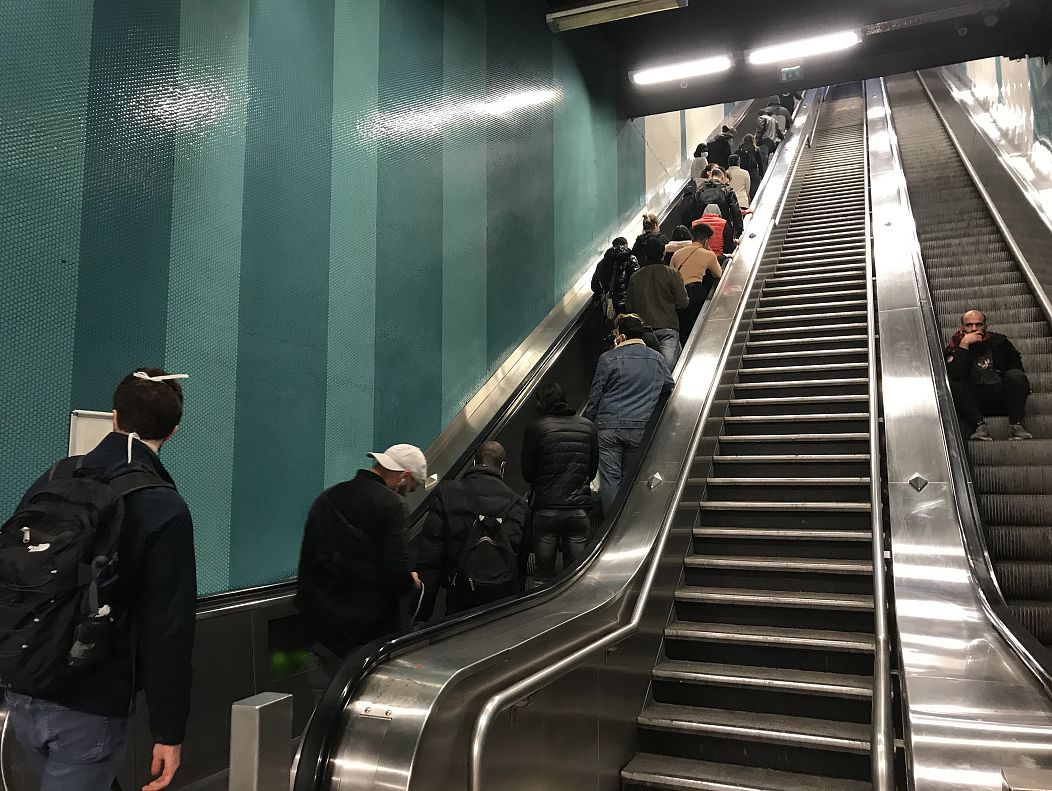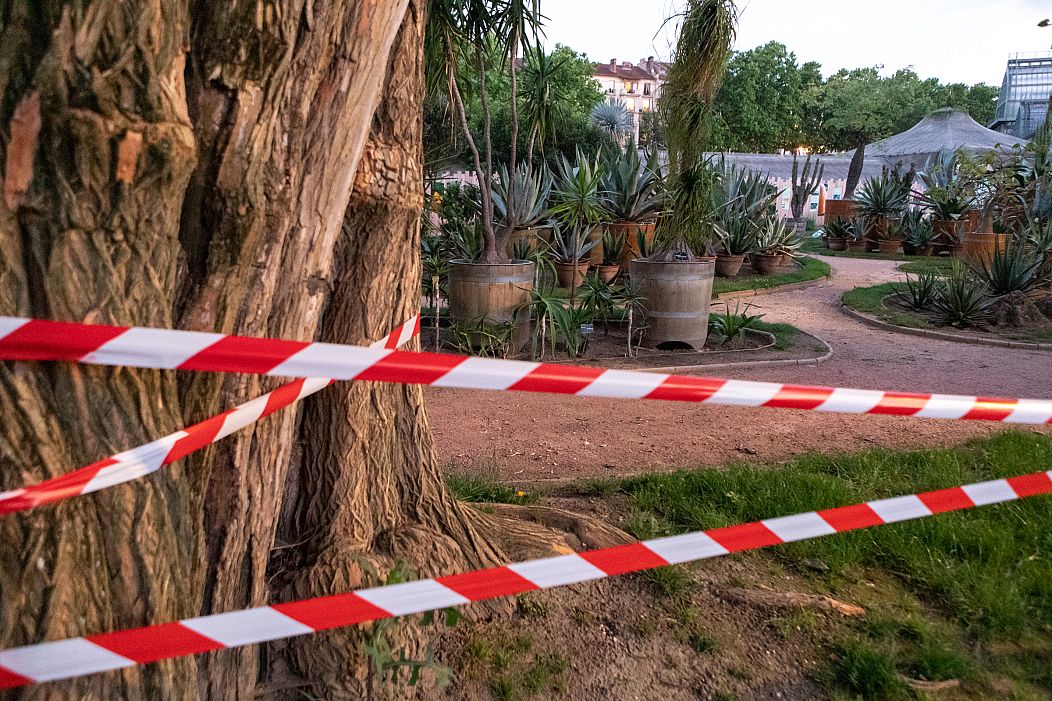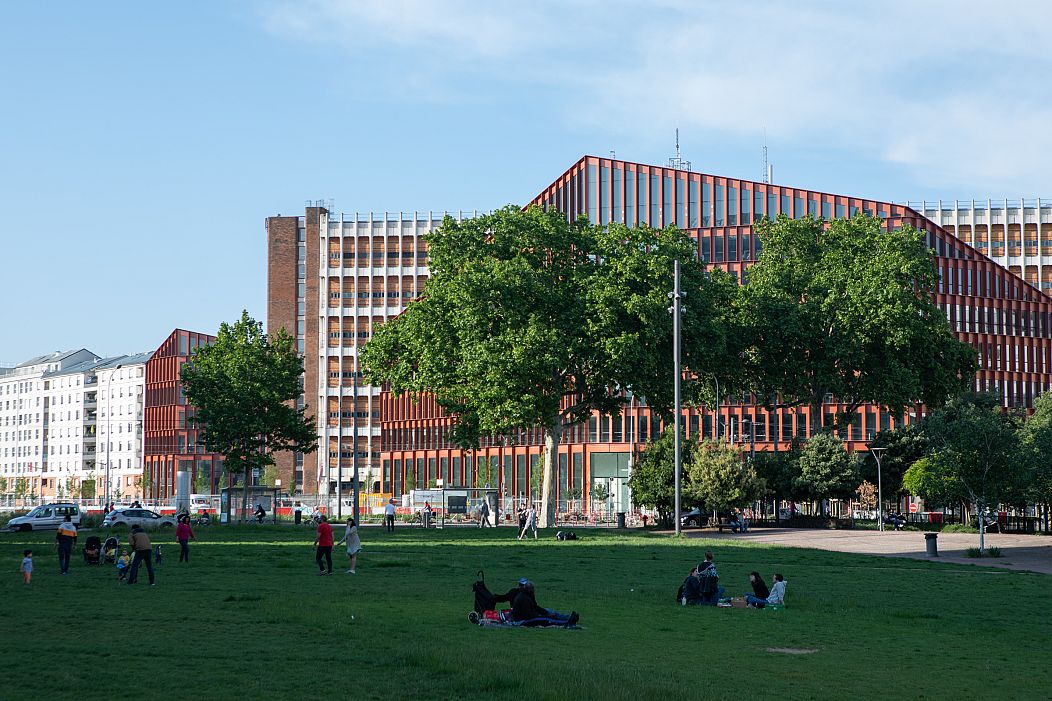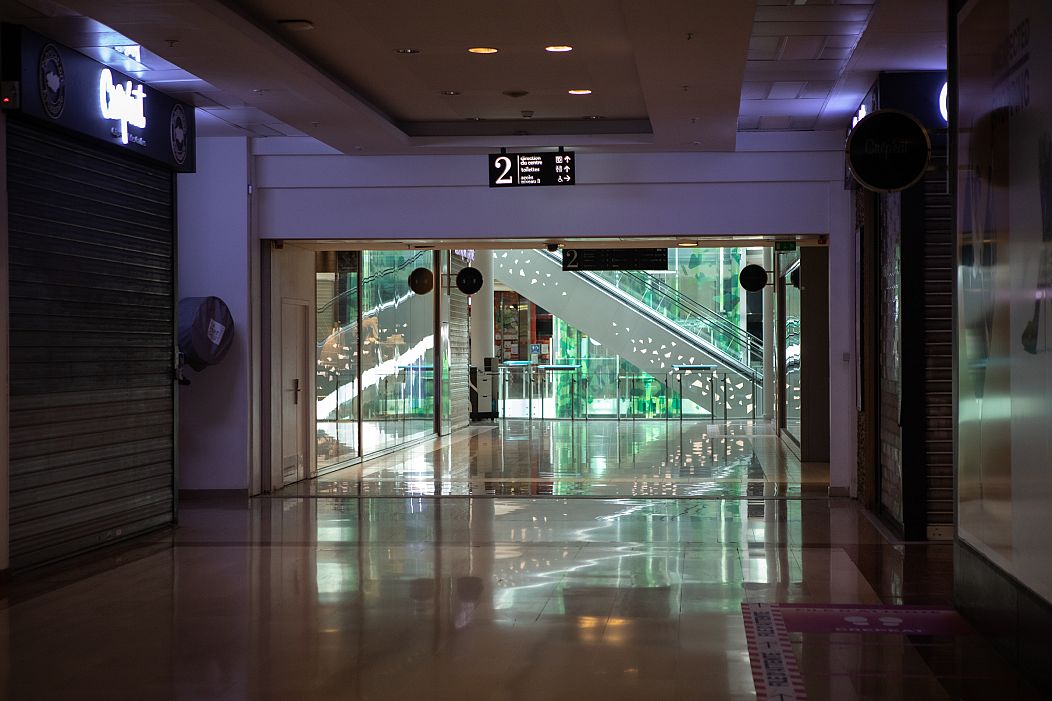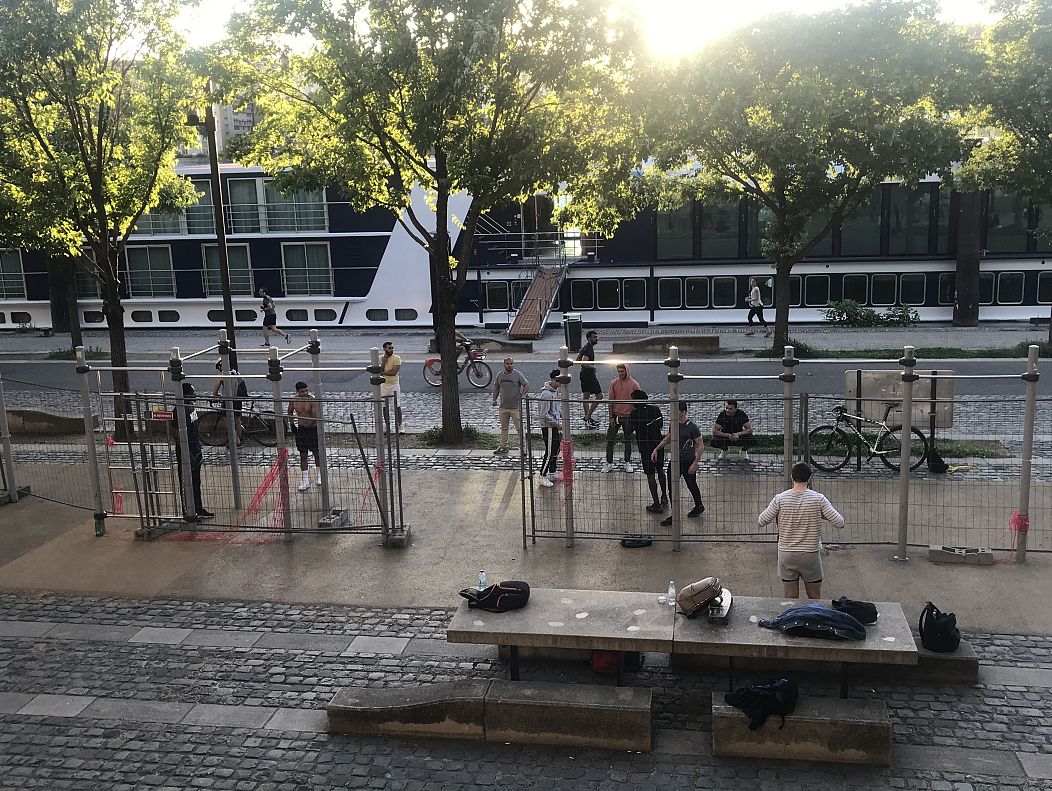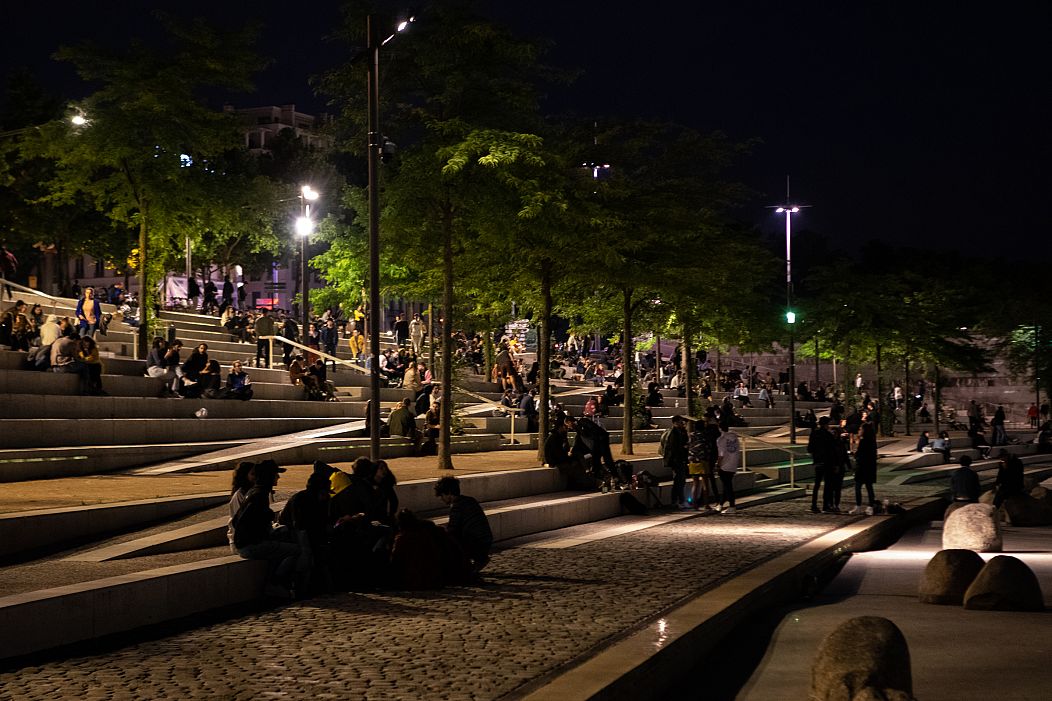In pictures: how much have France's three largest cities changed amid the COVID-19 pandemic?
Two weeks since France began easing its strict lockdown measures, life is still very far from "normal". Browse through the photographs to see how the coronavirus pandemic is influencing life in France's biggest cities.
France's cities are adapting to a new lifestyle just two weeks after the country began easing its strict lockdown.
Like many other European states, France is returning to "normal" in phases, with many restrictions still in place.
Social distancing is a must and masks are required in public transport and shops. Traveling is limited to 100 kilometres from one's home with only a handful of exceptions. Cafes, bars and restaurants remain closed.
The photographs below show how life in Paris, Marseille and Lyon, the three largest cities in the country, has been changing during this period.
Paris
France's capital was increasingly busy during the last days of the strict lockdown, as fatigue grew amongst many Parisians.
But a wave of bad weather hit just as France lifted the lockdown measures with temperatures of around 7 degrees Celsius, strong winds and rain.
Paris looked even more deserted on the first day of its much anticipated "freedom" than the day prior.
Slide the cursor on the image above to see Trocadero square in Paris with its iconic view of the Eiffel tower on the last day of lockdown and the first day of measures being lifted.
Many shops are adapting to the new reality, with masks being mandatory in most. Small tobacco shops and bakeries have plastic to separate the staff from their customers.
Many foods and even French wine are available for takeaway.
Just last month masks were nearly impossible to find but now a wide choice is available from single use to designer ones.
Shops have been allowed to reopen on the the world famous Champs-Élysées. Queues were visible outside some fashion and electronics stores, in part due to the restrictions on how many people could enter at once.
Malls were also allowed to reopen, but many looked very different with deserted corridors and just a few shops open inside.
In a perfume department the consultant had to communicate new rules: customers weren't allowed to touch products any more but could request assistance. Chocolate shops were trying to sell discounted Easter merchandise.
Tissue and crafts shops offered materials for handmade face mask production, looking busy after lockdown was lifted.
As soon as the sun came out - the streets of Paris came to life. The riverbanks of the Seine and Canal Saint-Martin were crowded.
Parks however, remain closed, as the French capital is in "the red zone" of the country's COVID-19 map, with infection rates remaining relatively high compared to the rest of the country.
There have been queues for food distribution for socially vulnerable and homeless people in the city.
Marseille
Face masks appeared to be much less popular on the streets of Marseille, the largest of the cities on France's Mediterranean coast.
Rules were strictly enforced at the railway station and on the metro but that didn't seem to be the case in many of the city's supermarkets and smaller shops.
Lyon
France's third largest city, Lyon, is located roughly half-way between Paris and Marseille.
Parks in Lyon have been able to reopen since it falls within France's "green zone" with less community transmission of the coronavirus.
The Lyonnais were just as eager as Parisians to enjoy green spaces and fresh air again. Crowds could be seen sitting on the banks of Lyon's two rivers the Rhône and the Saône.
Similar to in the French capital, large shopping centres have reopened although shops inside remain mostly closed.
The French government has been working to track new clusters of coronavirus cases as the restrictions ease up and will know in the coming weeks how the easing of restrictions has impacted case numbers.
Experts say that respecting social distancing, wearing a mask and washing your hands amongst other preventive measures will be key to keeping a second wave of coronavirus at bay.











